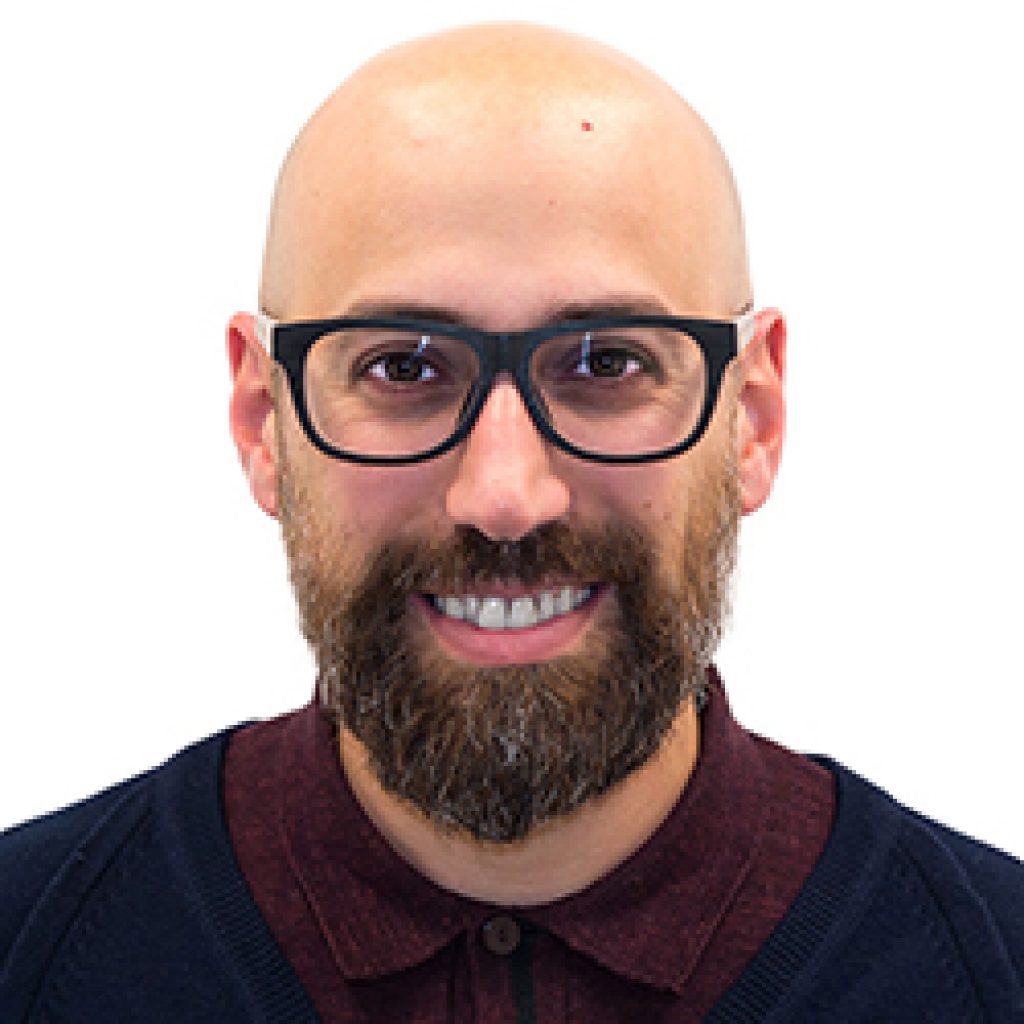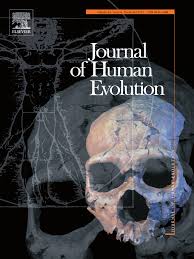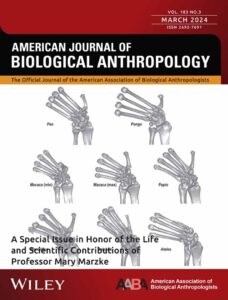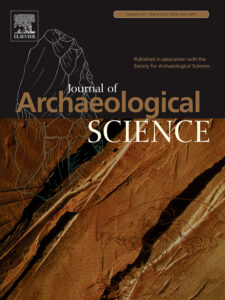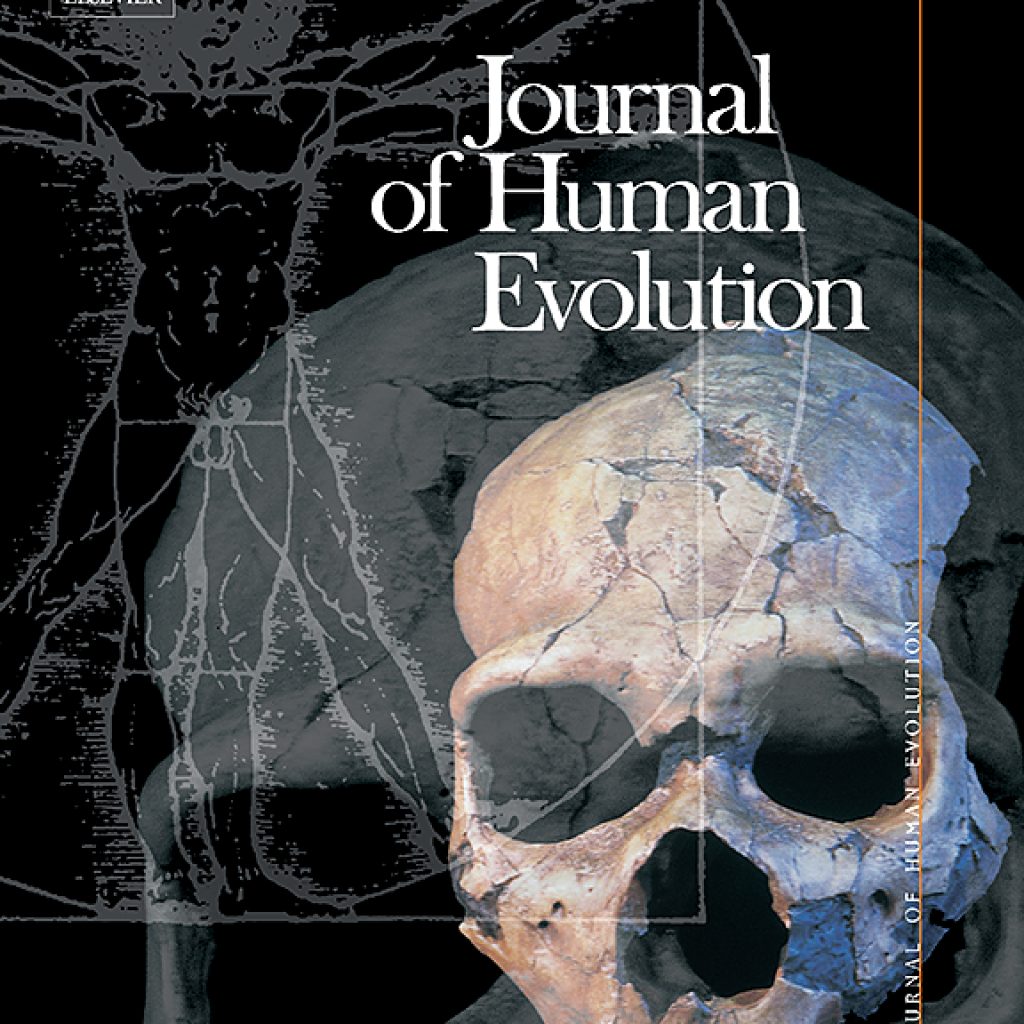
Tooth wear consists in the loss of dental tissues caused by a combination of different factors related to diet, environment and cultural habits. It forms on cusps and basins of opposite teeth (occlusal wear), and in between adjacent teeth along their mesial and distal aspects (interproximal wear). However, the mechanisms and the relationship between these two types of dental wear are still not clear. In this study we examine occlusal and interproximal wear in Neanderthal and Australopithecus africanus molars by combining the occlusal fingerprint analysis method with other dental measurements taken from high-resolution 3D digital models.

Our results show a significant correlation between mesial interproximal and occlusal wear in both groups. We found larger interproximal wear areas in molar exhibiting greater levels of occlusal wear and in those molars characterized by flatter occlusal surfaces. These results suggest that the mechanisms behind the formation of occlusal and interproximal wear in these two hominin species are closely related and follow similar patterns.
You can read the article here

